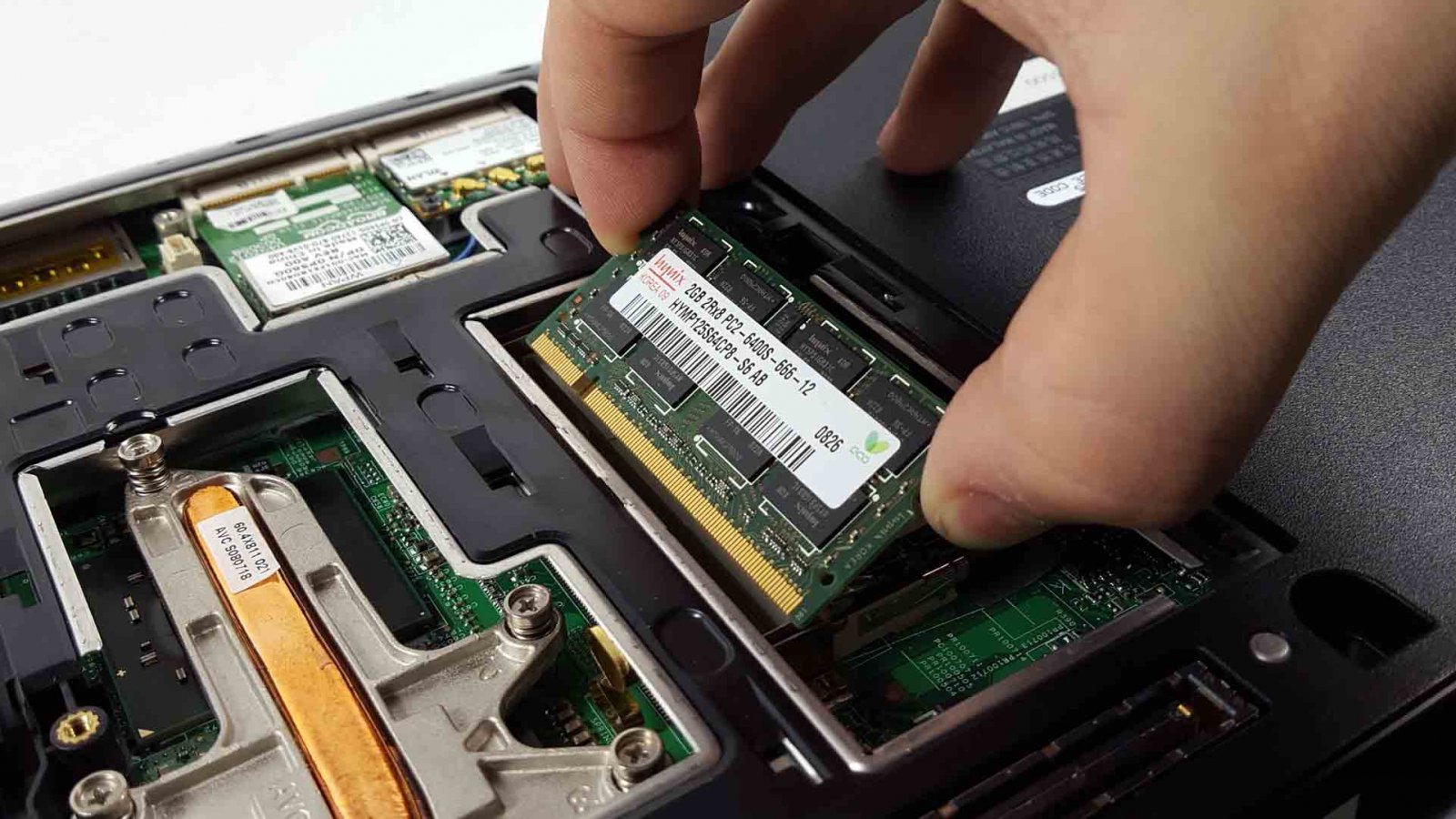When you boot up your computer, you'll usually be greeted with some sort of snazzy sound or animation to show you things are starting up. But if your computer is giving you loud, ear-piercing, old-school beeps instead—and showing nothing but a black screen—something is wrong, and those beeps are trying to tell you what it is.
What Those Beeps Are Trying to Tell You
Those beeps (which are known as POST codes, named for the PC's power-on self-test it performs at boot) are coming from a small speaker connected to your computer's motherboard like the one shown to the right, and they're designed to give you error codes when the screen can't. Think of them kind of like morse code—you just need to take note of how many short and long beeps there are, then look up the resulting code in your PC's manual. It won't tell you exactly what you need to do, but it'll at least try to tell you what component is having trouble, like the RAM, CPU, or video card.
Unfortunately, there's no standardized "beep dictionary" for these POST codes. It depends heavily on who made the BIOS—the Basic Input-Output System that manages the boot process—and the manufacturer of your computer or motherboard can alter the BIOS' default beep codes whenever they want. So, while there are some pages on the web that attempt to decode these beeps, you're best off looking in your computer's manual. If you don't have the instruction booklet handy, head to the manufacturer's website (e.g. Dell, HP, MSI, and so on), find the support page for your exact model, and you should be able to download a manual in PDF form.
The Most Common Errors (and How to Fix Them)
While these POST codes can sometimes mean a component has completely bitten the dust, there are a few common errors you can fix just by cracking your PC open and jiggling some things around.

If your manual says the beep code corresponds to a memory error of some sort, then open up your computer and re-seat the RAM—that is, try removing each stick and re-inserting it, making sure it clicks into place. (This can take a bit of force, especially on desktop computers, so don't be afraid to really push it in there.) If you aren't sure how to get into your PC or where the RAM is, we have repair guides for laptops and repair guides for desktop PCs of all stripes that will show you the way.
If re-seating the RAM doesn't work, you can also try removing one of the sticks and seeing if the computer boots with just one. If you can boot with one stick, then your other stick (or slot) may be bad. Thankfully, it's pretty easy to buy replacement RAM online—we even carry some in our parts store, so search for your specific laptop or desktop to find a compatible replacement stick.
If your beep code points to a corrupted CMOS, on the other hand—the chip that stores your BIOS settings—you may need to reset those settings in order to boot back up. Clearing the CMOS shouldn't erase your data; instead, it'll just clear the settings governing the boot process. The steps for doing so can vary from machine to machine, so check your laptop or motherboard manual—though it usually involves opening the computer, removing the coin cell battery on the motherboard, then holding down the power button for 10 seconds to discharge any electricity stored in the capacitors. Once you re-insert that coin cell battery, you should be able to boot back up.
Finally, check for any other loose connections inside your PC. Has the CPU fan cable come loose? That could trigger a safety feature that prevents your computer from booting, so jiggle it back into place. Is your graphics card seated properly? Make sure it hasn't come loose, and that all the requisite cables are plugged in snugly.
If you can't get your PC to boot with any of these fixes—or the beep code eliminates them as possibilities—a component may have failed entirely, which means you'll need to replace that part (or, in some cases, replace the entire motherboard). If your computer is still under warranty, contact the manufacturer. If not, check out our repair guides for laptops and repair guides for desktops to see what repairs might be possible to do on your own. If nothing else, you can use those guides to remove the hard drive from your PC so you can migrate that data safely to a new computer.
Speaker photo by Hans Haase/Wikimedia Commons.

Không có nhận xét nào:
Đăng nhận xét